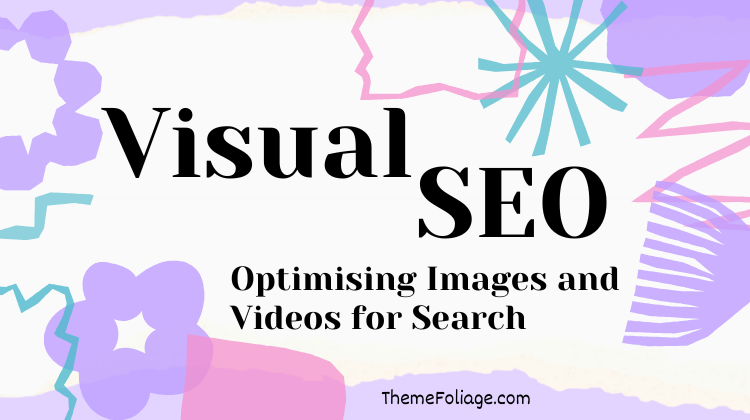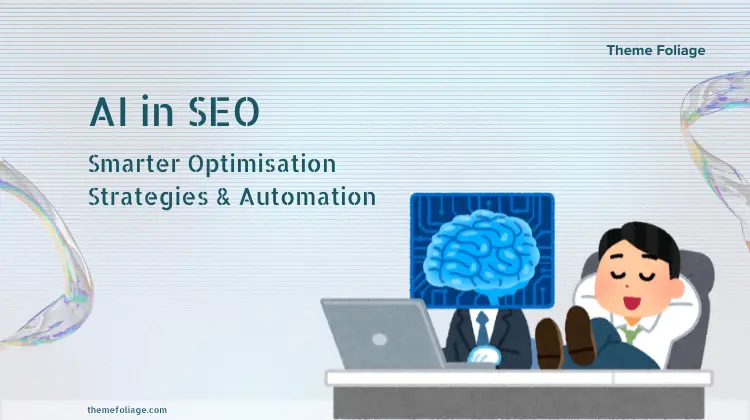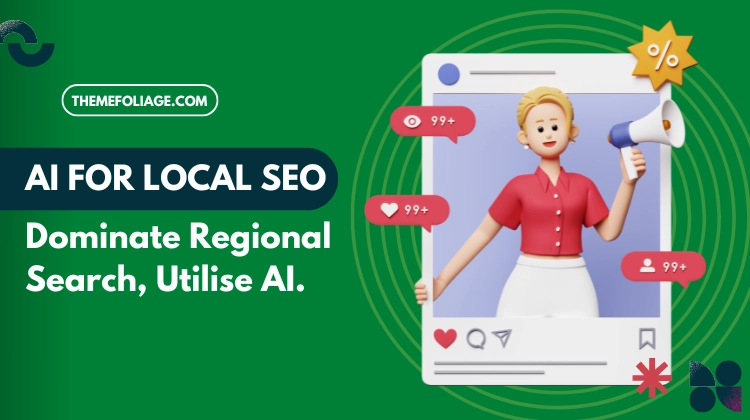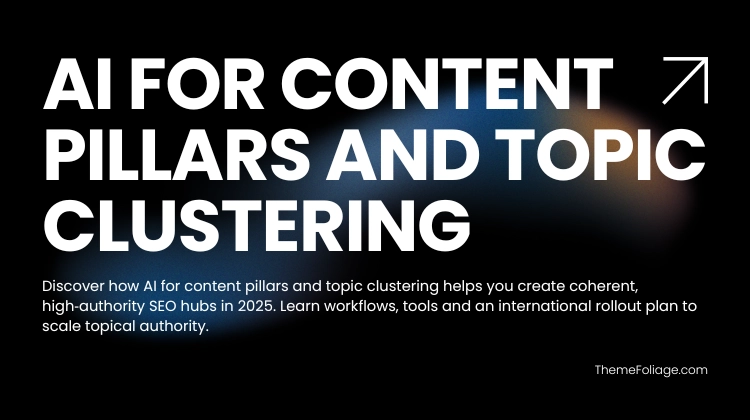Visual content has taken over digital marketing. With the rise of visual search tools like Google Lens, Pinterest Lens, and TikTok Search, visual SEO has become one of the most powerful ways to drive organic traffic.
In 2025, optimising images and videos for search isn’t optional, it’s essential for visibility and engagement.
1. What is visual SEO?
Visual SEO is the process of optimising images, graphics, and videos to appear in search engine results and visual discovery tools.
It includes metadata optimisation, file compression, structured data, and accessibility enhancements that help search engines understand and rank visual content.
- Improves search visibility in Google Images and YouTube.
- Boosts user engagement through faster loading visuals.
- Supports accessibility and improves user experience.
2. Why visual SEO matters in 2025
Google has shifted heavily toward multimodal search, meaning text, voice, and images are now analysed together. Visual results often appear in featured snippets, image packs, or video carousels. If your visual assets aren’t optimised, you’re leaving valuable traffic behind.
According to Google, 62% of Gen Z prefer visual search to text. This shift means brands that master visual SEO will dominate future discovery channels.
3. Best practices for image SEO optimisation
Images are a key part of visual SEO, but they must be optimised properly to rank and load efficiently.
Optimise image filenames
Use descriptive filenames that explain the image content. For example: “seo-analytics-dashboard-2025.jpg” instead of “IMG001.jpg”.
Write keyword-rich alt text
Alt text helps search engines and visually impaired users understand image context. Example: “SEO expert using AI analytics tool to track keyword rankings.”
Compress images without losing quality
Use next-gen formats like WebP or AVIF. Tools like TinyPNG or Squoosh help maintain clarity while reducing file size.
Use responsive image sizes
Serve different image resolutions for desktop, tablet, and mobile devices using the srcset attribute.
Add structured data for images
Schema markup such as ImageObject helps Google associate visuals with your content. This can boost inclusion in rich results.
Create image sitemaps
Include all important visuals in a dedicated image sitemap. This helps Google discover and index them more efficiently.
4. Advanced video SEO strategies
Video content dominates SERPs in 2025, especially on YouTube and Google Discover. Video SEO ensures your content is discoverable, clickable, and engaging.
Use keyword-focused titles and descriptions
Include your target keyword naturally in the video title, description, and file name.
Add transcripts and captions
Transcripts improve accessibility and allow Google to index your spoken content. Captions also increase watch time and engagement.
Optimise video thumbnails
Choose high-contrast, branded thumbnails with relevant text overlays. A compelling thumbnail can boost CTR by up to 30%.
Leverage structured data for videos
Implement VideoObject schema to help Google understand your video’s topic, duration, and embed location.
Host strategically
Use YouTube for discovery, but embed the video on your website to capture referral traffic and dwell time.
5. Visual search optimisation
Visual search technology allows users to find products or content using images instead of text. Optimising for visual search helps brands appear in tools like Google Lens, Bing Visual Search, and Pinterest Lens.
- Use high-resolution, context-rich images.
- Add alt text that clearly describes what’s in the photo.
- Maintain consistency in background, lighting, and branding for product images.
6. Accessibility and user experience
Search engines reward accessibility. Proper alt attributes, readable colour contrast, and fast-loading visuals contribute to a better overall experience, improving rankings indirectly.
- Ensure text overlays meet colour contrast standards.
- Use descriptive captions under images and videos.
- Allow users to pause autoplay videos.
7. Using AI tools for visual SEO
AI-powered tools simplify the optimisation process by automating tagging, compression, and analysis.
- Cloudinary: Automatically optimises image delivery and transformations.
- Canva AI: Generates SEO-friendly alt text suggestions.
- Veeroll: Creates optimised video ads with metadata recommendations.
8. Measuring visual SEO performance
Tracking your visual content’s impact is key to improving performance. Use Google Search Console’s “Image” and “Video” filters to track impressions, clicks, and positions.
- Monitor image and video CTRs over time.
- Check indexation coverage in visual sitemaps.
- Use YouTube Analytics to measure audience retention.
9. Common visual SEO mistakes to avoid
- Uploading massive uncompressed images.
- Missing alt text or duplicate filenames.
- Embedding videos without transcripts or schema.
- Neglecting mobile responsiveness for media files.
10. The future of visual SEO
By 2025 and beyond, visual search will merge with AI-driven personalisation. Search engines will understand what users want to see, not just what they type. Brands that invest in rich, structured, and accessible visual content will own this space.
Conclusion
Visual SEO bridges creativity and data. By optimising your images and videos, you enhance your brand’s visibility, improve user experience, and future-proof your strategy against the next evolution of search.
In the visual-first internet of 2025, those who optimise visuals will lead the competition. You should also check out – AI Analytics for SEO.



